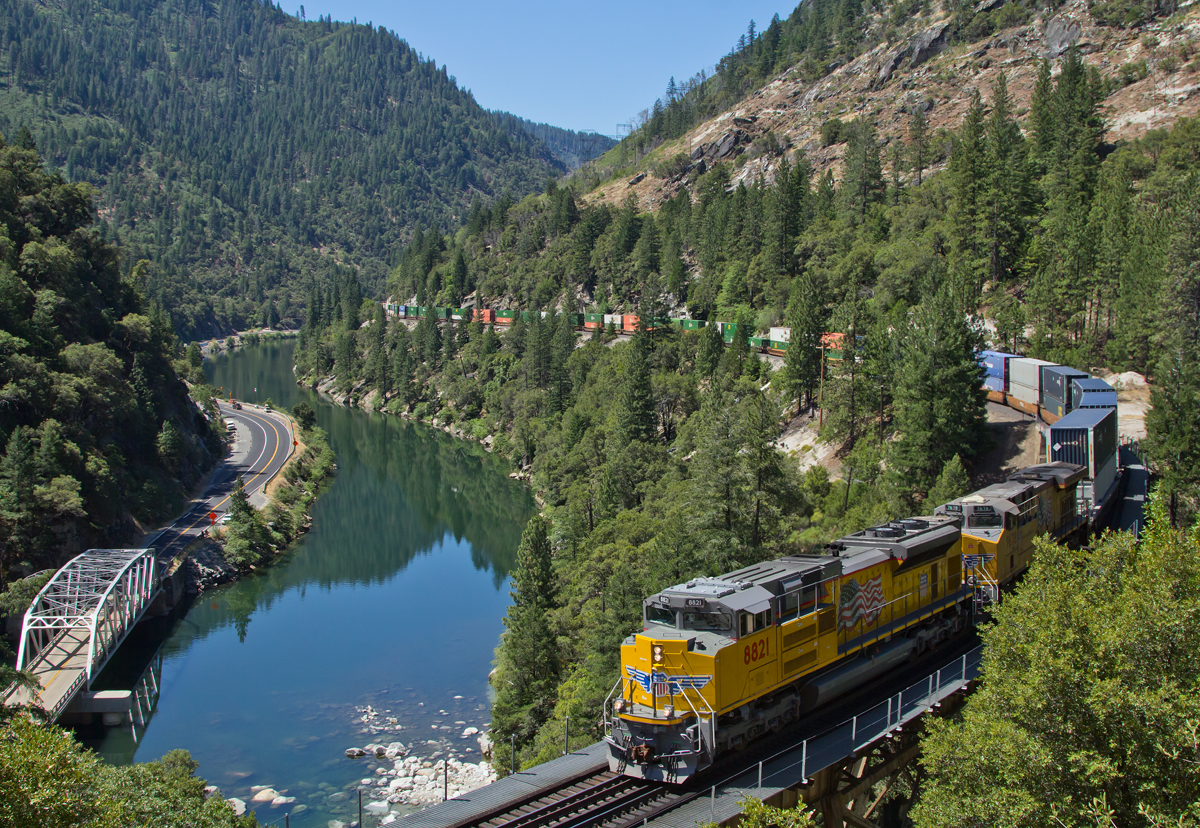
WASHINGTON — The Surface Transportation Board has ordered BNSF Railway and Union Pacific to participate in a technical conference next week regarding their dispute over new BNSF international intermodal trains that would serve Salt Lake City via UP trackage rights.
The virtual meeting, which will be held on July 15, will not be open to the public and is intended to allow regulators to learn more about the railroads’ positions.
“Board staff will hold a conference with BNSF and UP to discuss their positions, the operational issues raised by their filings, and the status of their discussions,” the board said in a decision today. “In addition to counsel, the parties will be expected to make available in-house individuals with the operational knowledge and expertise to discuss those issues in detail, including, for example, train volumes and types, and hiring and training needs.”
BNSF last week sought an emergency order from the STB so that it could launch intermodal service linking the ports of Los Angeles and Long Beach with a new terminal on short line Salt Lake Garfield & Western.
While saying it was not opposed to BNSF’s request, Union Pacific said it would need time to hire crews to handle the trains between Roseville, Calif., and Salt Lake. UP also said the trains would have to run eastbound on the former Southern Pacific route over Donner Pass, rather than against the westbound directional flow of traffic on BNSF’s preferred route, the former Western Pacific through the Feather River Canyon.
Routing the traffic over Donner, UP claims, would trigger a provision requiring BNSF to pay half the cost of UP’s 2009 clearance project on the former SP. UP says it must receive payment before double-stack service can begin via the SP.
BNSF disputes this, noting that the railroads’ trackage rights agreement stipulations regarding tunnel clearance work applies only to domestic hi-cube stack trains – not the international boxes the Salt Lake City trains will carry.
BNSF also claims UP aims to delay the start of service because the trains involve international intermodal contracts that UP lost to BNSF. Ocean carriers CMA CGM and Mediterranean Shipping Co. aim to use the new Salt Lake City service.
Both shipping lines urged the STB to act on BNSF’s request for an emergency order that would allow the service to begin July 7, when the new intermodal terminal opened. The Salt Lake Garfield & Western and the Utah Inland Port Authority also told regulators that they support the start of service.
BNSF and UP officials exchanged letters this week further outlining their discussions over the proposed trackage rights operation.
Intermodal is not a regulated commodity. But the STB has the authority to wade into the dispute because it’s related to the conditions that were imposed as part of Union Pacific’s 1996 acquisition of Southern Pacific.






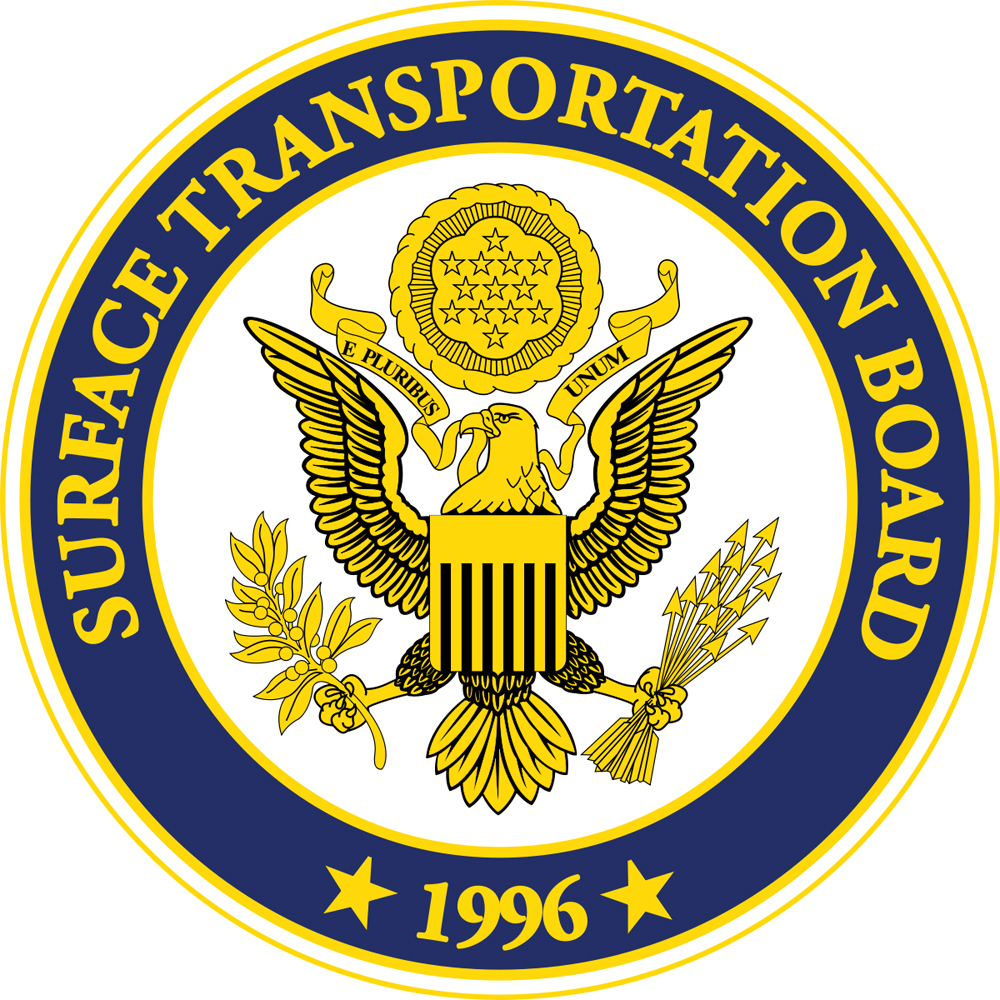

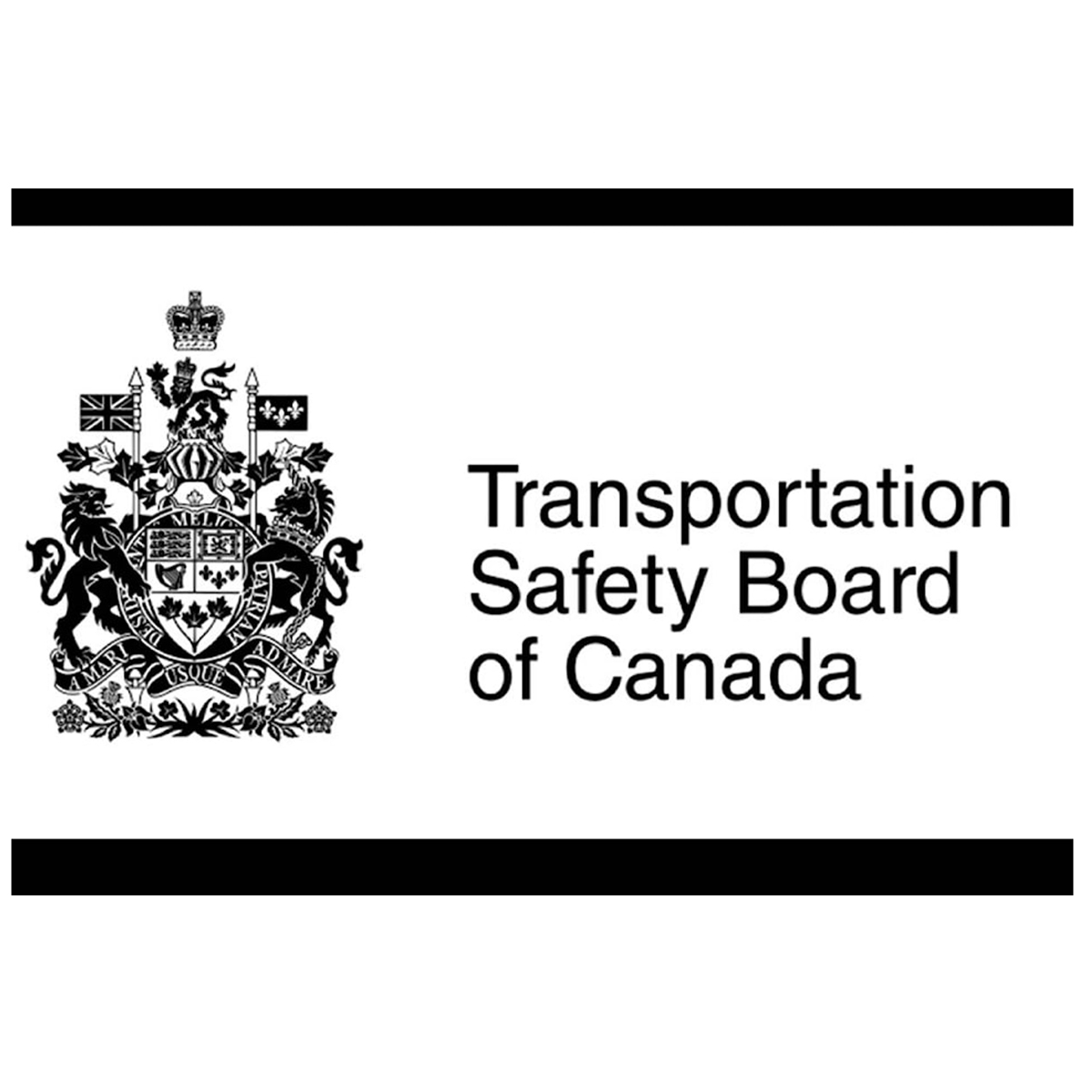


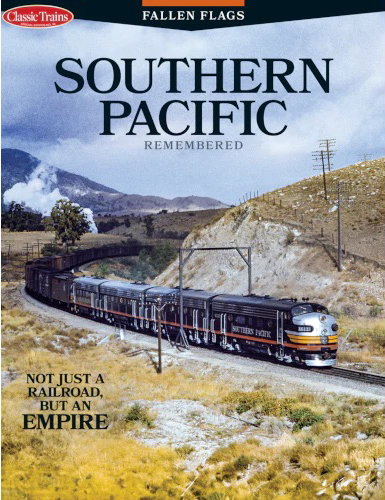
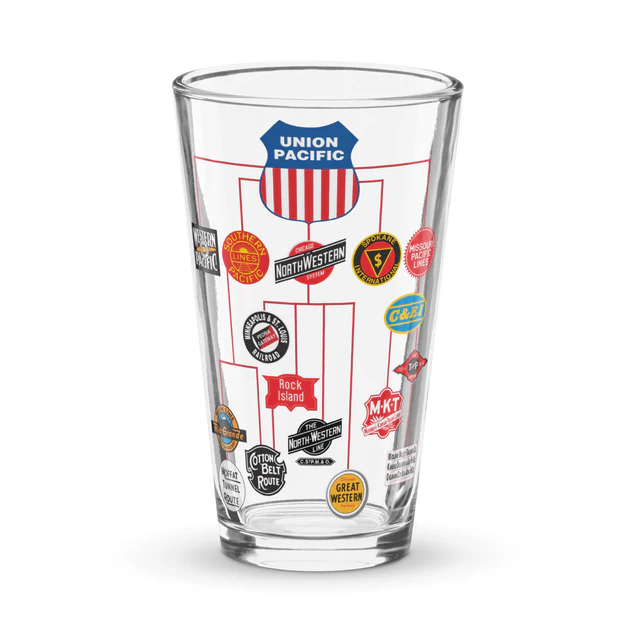
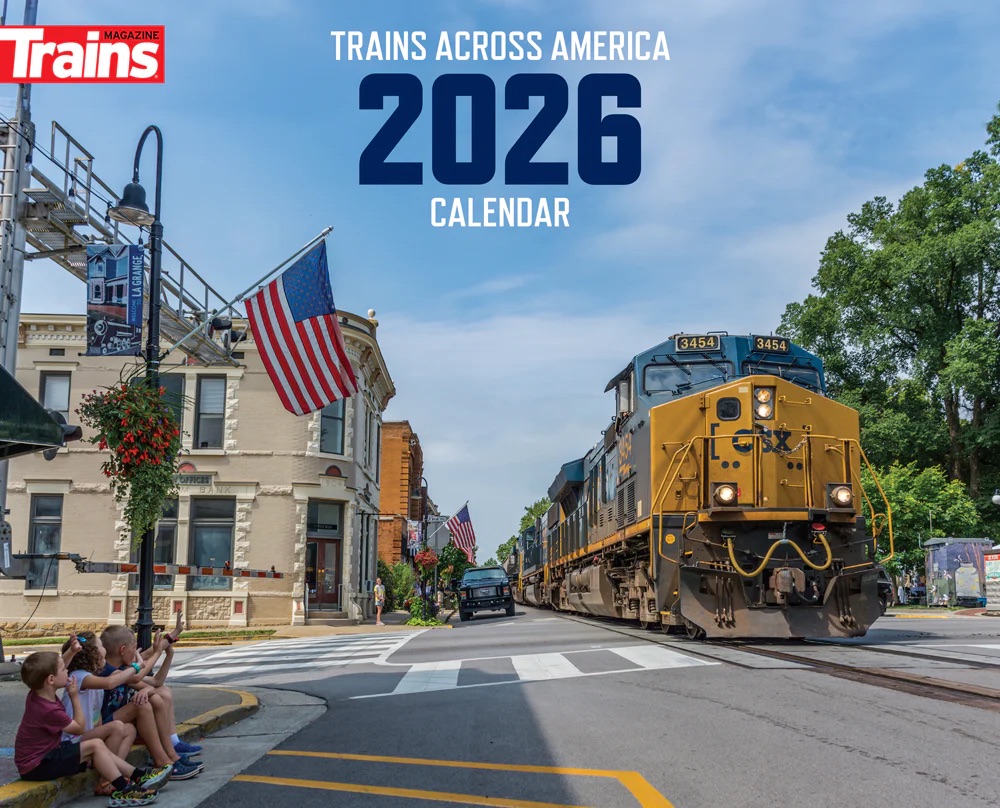
Eric Lehmuth – There’s already a video out there showing a westbound Provo – Stockton trackage rights train with a block of non stacked CMA CGM containers. The question is how many containers does BNSF expect to ship east to SLC from the Port of Oakland? And what about the rumor this includes BNSF moving MSC containers from So Cal to SLC via Stockton and Portola?
The ex-WP doesn’t have any long sidings from Oroville to Winnemucca EXCEPT at Spring Garden and Portola. With both BNSF and UP trying to run “land barges” how’s a meet on the ex-WP going to work out? It’s not because at some point BNSF is going to want to run eastbounds over the typical siding length.
But BNSF doesn’t want to pay up to run stacks via Donner, so here we are…
You are right about the land barge stuff, if the railroad would only build for what they have then it would be no problem. I’ll tell you this though trying to build anything bigger than 8000’ out of oig is an exercise in futility. The longest train I’ve taken out of there was just below 8000’ and it was crammed in there. We shall see how this plays out.
It’s just a roadblock by the up. Both lines are perfectly capable of handling the traffic. The wp side used to host many more trains in both directions both when it was still the wp and on into when it was up. I imagine the bnsf will get their way as the up really has no ground to stand on. Many of my fellow rails in Richmond are anxiously awaiting the outcome of this as it will bring good work to that terminal.
Am I the only one not getting this? Does BNSF have trackage rights or haulage rights over the former WP & SP?
Mark I don’t think anybody, even BNSF, know that answer. According to a BNSF employee this also involves moving both CMA CGM and MSC containers from the Ports of LA and Long Beach the long way around via Stockton and Portola.
UP already moves MSC containers on the LA&SL to Denver and SLC.
I suspect there’s to this than the article says.
UP has a legitimate point. Going east on the “northern route” (ex-WP) is problematic because almost all the sidings are not much over 6,000 feet. Trying to meet two 7,000 foot trains out there isn’t going to work, especially east of Portola, Ca. BNSF knows this too.
This is true. But what are the odds BNSF would have a train more than 6000 feet of traffic just going to Salt Lake City? Seems unlikely.